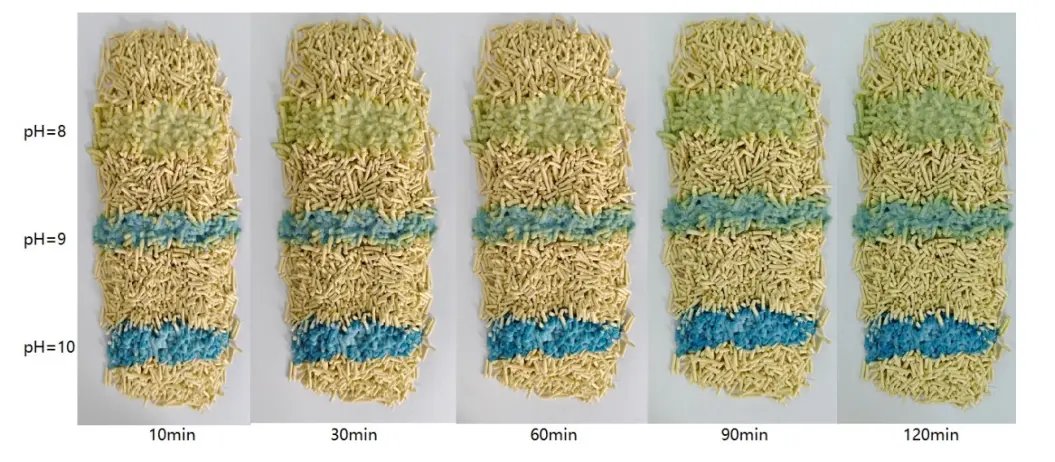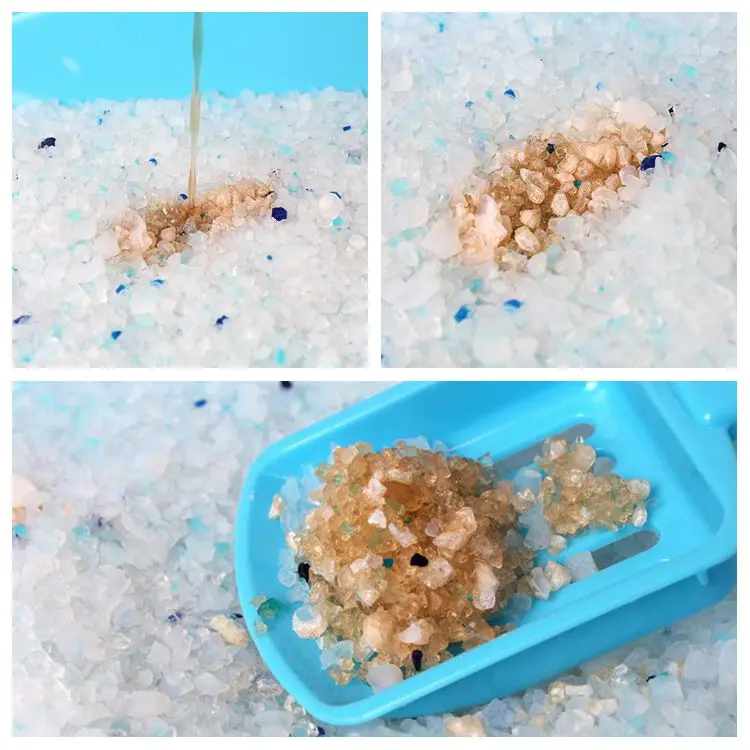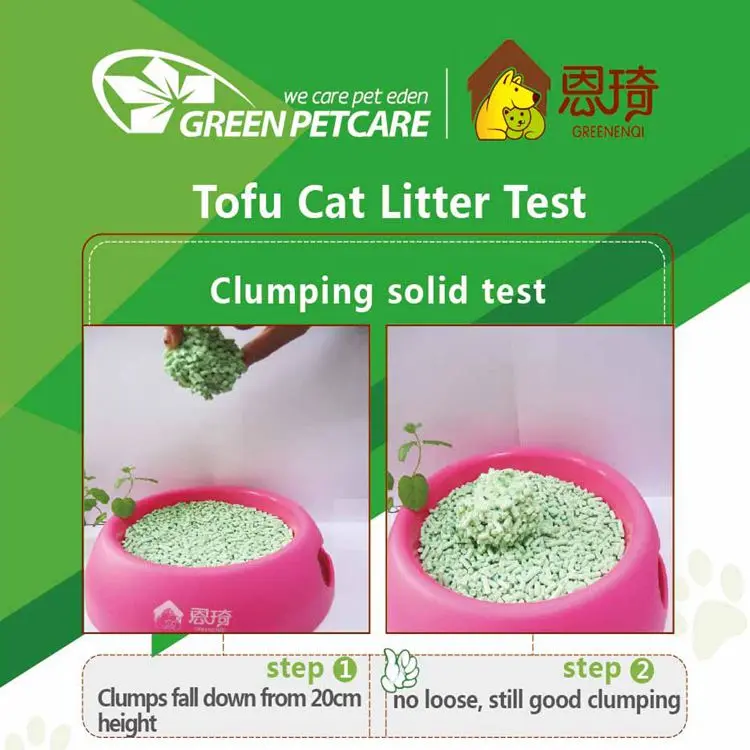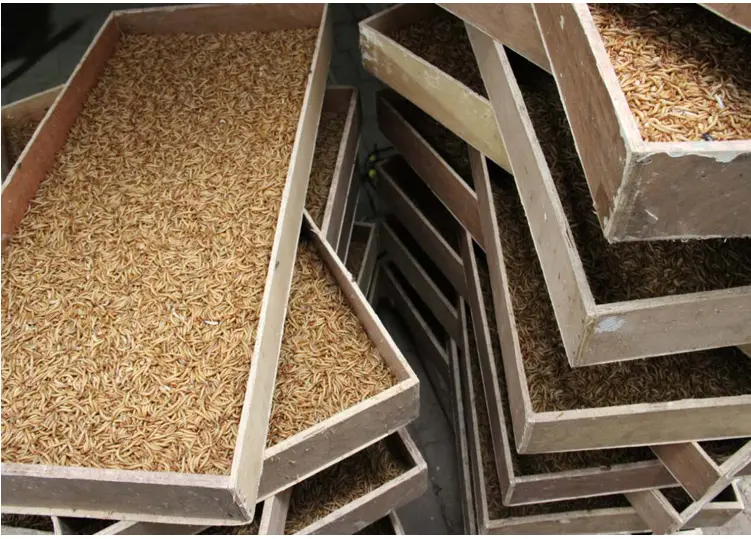Are Dried Mealworms Good For Birds?
Feeding wild birds is a popular pastime for many nature enthusiasts and bird lovers. One of the trending food choices is dried mealworms. These small, dehydrated larvae of the mealworm beetle (Tenebrio molitor) are becoming increasingly popular among bird feeders. But are dried mealworms good for birds? This essay explores the nutritional benefits, potential drawbacks, ecological impacts, and practical considerations of feeding dried mealworms to birds, supported by relevant cases and data.
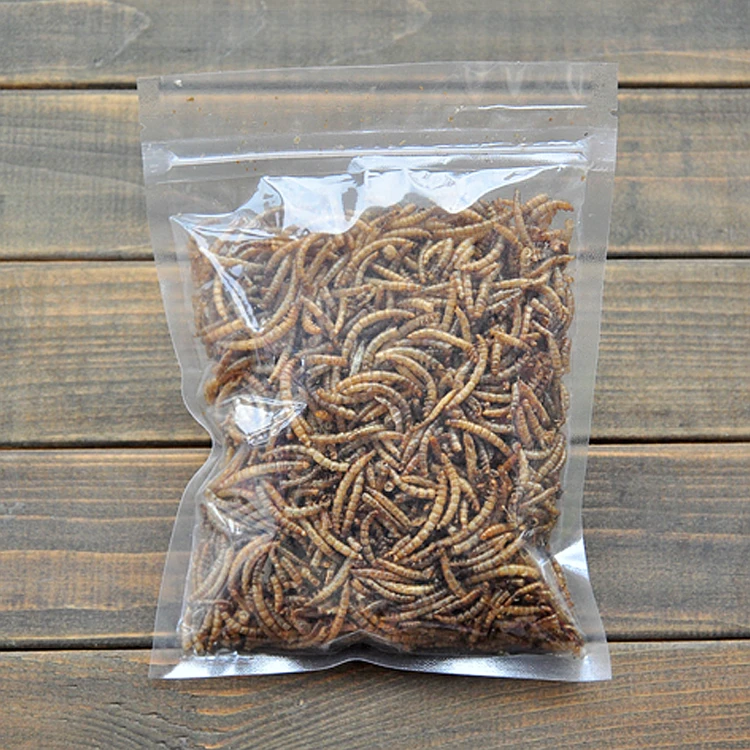
Nutritional Benefits
Dried mealworms are a highly nutritious food source for birds. They are rich in protein, fat, and essential nutrients that are crucial for the growth, health, and survival of birds. The nutritional profile of dried mealworms typically includes around 50% protein and 25% fat, making them an excellent source of energy. Protein is essential for muscle development, feather growth, and overall bodily functions in birds, while fat provides a concentrated energy source, especially important during cold weather or breeding seasons.
In a study published in the journal PLOS One, researchers found that insect protein, including mealworms, provides high-quality protein with an amino acid profile that closely matches the dietary needs of birds . Additionally, the study highlighted that dried mealworms contain essential vitamins and minerals such as potassium, iron, magnesium, and various B vitamins, which support metabolic processes, enhance immune function, and contribute to the overall well-being of birds.
Attraction and Behavior
Feeding dried mealworms can attract a wide variety of bird species to backyards and feeding stations. Bluebirds, robins, woodpeckers, wrens, chickadees, and nuthatches are among the many birds that readily consume dried mealworms. The presence of these birds can create a vibrant and diverse bird-watching experience for enthusiasts. Additionally, providing a reliable food source can support local bird populations, especially during times of food scarcity.
A case study from the Cornell Lab of Ornithology demonstrated that Eastern Bluebirds (Sialia sialis) showed a significant preference for feeders stocked with dried mealworms over those with only seeds. This preference was particularly pronounced during the breeding season, when the nutritional demands on parent birds are highest . The availability of high-protein food like mealworms can support parent birds in raising their young by providing the necessary nutrients for chick development.
Practical Considerations
From a practical standpoint, dried mealworms offer several advantages over live mealworms. They have a long shelf life, do not require refrigeration, and are less messy to handle. This convenience makes them an attractive option for bird feeders who may not have the time or resources to manage live food. Dried mealworms can be stored in bulk and used as needed, reducing the risk of spoilage and waste.
Feeding dried mealworms is also relatively straightforward. They can be offered in a variety of feeders, such as trays, platforms, or specialized mealworm feeders. Soaking dried mealworms in water before offering them can make them more palatable and easier for birds to eat, mimicking the texture of live insects. This practice is especially beneficial during nesting periods when adult birds need to provide moist, digestible food to their chicks.
Potential Drawbacks
Despite their many benefits, there are potential drawbacks to feeding dried mealworms to birds. One concern is the risk of over-reliance on a single food source. Birds that become accustomed to a steady supply of mealworms may become less inclined to forage for a natural and varied diet. This dependency can lead to nutritional imbalances if mealworms are not supplemented with other food sources.
Research published in the journal Frontiers in Ecology and Evolution indicated that while supplemental feeding, including mealworms, can support bird populations during critical periods, it can also lead to changes in foraging behavior and reduced natural foraging efficiency . This can make birds more vulnerable to food shortages if the supplemental feeding is discontinued.
Another issue is the potential for contamination. Dried mealworms must be sourced from reputable suppliers to ensure they are free from pesticides, preservatives, and other harmful substances. Poorly processed or contaminated mealworms can pose health risks to birds, leading to illness or even death. A report by the UK’s Royal Society for the Protection of Birds (RSPB) emphasized the importance of purchasing high-quality, safe products and following storage guidelines to maintain their nutritional integrity.
Ecological Impacts
Feeding wild birds, including with dried mealworms, can have broader ecological impacts. While providing supplemental food can support bird populations, it can also alter natural behaviors and ecosystems. For example, the artificial abundance of food may attract predators, increase competition among bird species, and influence migration patterns.
A study from the University of Exeter found that supplemental feeding, including dried mealworms, can lead to increased nesting success and higher population densities of certain bird species. However, this can also lead to increased predation rates on nests and higher levels of competition for nesting sites . It is important for bird feeders to be mindful of these potential impacts and to feed birds responsibly.
Creating a balanced feeding environment by offering a variety of food sources, such as seeds, suet, fruits, and mealworms, can help mitigate some of these ecological concerns. Additionally, maintaining clean feeding stations and monitoring bird health can prevent the spread of diseases and ensure a positive impact on local bird populations.
What are the nutritional benefits of feeding dried mealworms to birds?
Dried mealworms are a powerhouse of nutrition for birds, providing essential proteins, fats, vitamins, and minerals that are vital for their growth, health, and survival. The primary nutritional benefit of dried mealworms lies in their high protein content, typically around 50%. Protein is essential for muscle development, feather growth, and overall bodily functions in birds.
Protein Content and Benefits: Protein plays a crucial role in avian diets, particularly for insectivorous species that rely heavily on insects for their nutritional needs. A study published in PLOS One highlights that the amino acid profile of insect protein, including mealworms, closely matches the dietary requirements of birds. For example, Eastern Bluebirds (Sialia sialis) benefit greatly from the high protein content of mealworms, which supports muscle development and feather growth, essential during molting and breeding seasons.
Fat Content and Energy: Dried mealworms also contain about 25% fat, which serves as a concentrated energy source. Fat is particularly important for birds during periods of increased energy demand, such as migration, cold weather, or breeding. A case study from the Cornell Lab of Ornithology demonstrated that when supplemental high-fat foods like mealworms were provided during harsh winter months, the survival rates of small bird species, such as chickadees, improved significantly. The fat content helps maintain body temperature and provides sustained energy.
Vitamins and Minerals: In addition to macronutrients, dried mealworms are rich in essential vitamins and minerals. They provide B vitamins, which support metabolic processes and enhance immune function. They also contain potassium, iron, and magnesium, which are crucial for various physiological functions. According to research published in the Journal of Avian Biology, birds with diets supplemented with mealworms showed improved health markers, such as better plumage quality and higher reproductive success.
Impact on Breeding and Chick Development: The nutritional benefits of dried mealworms are particularly evident during breeding seasons. High-protein and high-fat diets support parent birds in raising their young by providing the necessary nutrients for chick development. A study by the Royal Society for the Protection of Birds (RSPB) found that nestlings fed a diet supplemented with dried mealworms had higher growth rates and better survival chances compared to those that did not receive such supplements.
Variety and Balance: While dried mealworms are highly nutritious, it is important to provide a balanced diet to birds. Over-reliance on mealworms can lead to nutritional imbalances. Birds require a variety of foods to meet their dietary needs fully. For instance, incorporating seeds, fruits, and suet alongside mealworms can ensure a well-rounded diet. A balanced diet helps prevent deficiencies and supports overall health.
Conclusion: In conclusion, dried mealworms offer significant nutritional benefits to birds, including high levels of protein, fat, vitamins, and minerals. These nutrients support muscle development, feather growth, energy needs, and overall health. Case studies and research highlight the positive impacts of mealworm supplementation on bird survival, breeding success, and chick development. However, to ensure optimal health, it is essential to provide a varied diet and avoid over-reliance on a single food source. By incorporating dried mealworms responsibly, bird enthusiasts can significantly contribute to the health and well-being of their avian visitors.
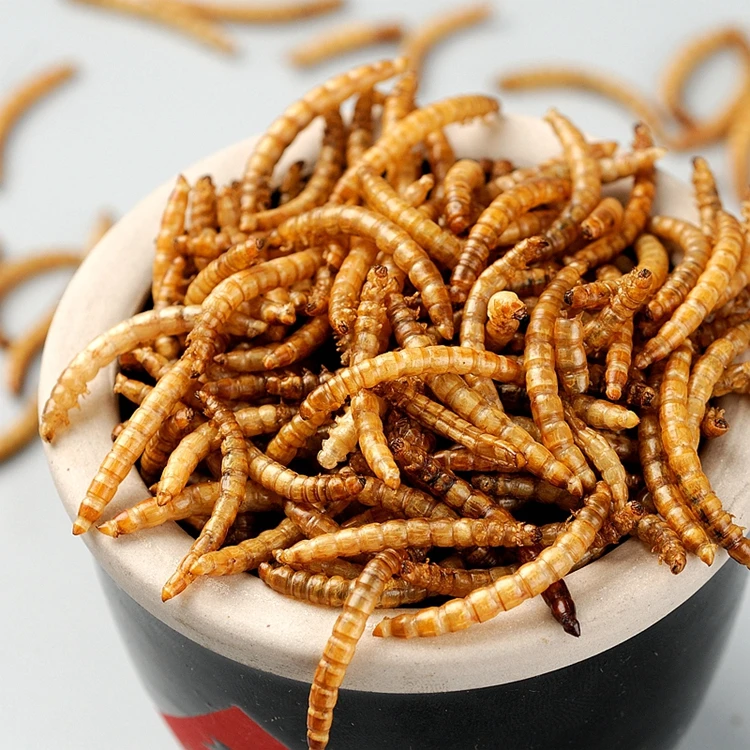
Are there any potential drawbacks to feeding dried mealworms to birds?
While dried mealworms offer numerous nutritional benefits to birds, there are potential drawbacks and concerns that bird enthusiasts should consider. These include risks related to nutritional imbalances, dependency, contamination, and broader ecological impacts.
Nutritional Imbalances and Dependency: One of the primary concerns is the risk of birds developing a dependency on a single food source. Birds that become accustomed to a steady supply of dried mealworms may reduce their natural foraging behaviors, leading to a less varied diet. A study published in Frontiers in Ecology and Evolution found that supplemental feeding, including mealworms, can lead to changes in foraging behavior. Birds that heavily rely on feeders might not obtain all necessary nutrients if they neglect other natural food sources.
For example, insectivorous birds like bluebirds and robins naturally consume a wide range of insects, berries, and other foods. Over-reliance on mealworms can result in a lack of dietary diversity, which is crucial for meeting their full nutritional requirements. Providing a balanced diet that includes seeds, fruits, and other insects can help mitigate this issue and ensure birds receive all the nutrients they need.
Risk of Contamination: Another significant concern is the potential for contamination. Dried mealworms must be sourced from reputable suppliers to ensure they are free from harmful substances like pesticides, preservatives, and pathogens. Poorly processed or contaminated mealworms can pose serious health risks to birds. According to the Royal Society for the Protection of Birds (RSPB), there have been instances where contaminated mealworms caused illness and mortality in bird populations.
To minimize this risk, it is crucial to purchase mealworms from trusted suppliers who adhere to strict quality control standards. Additionally, proper storage is essential to maintain the nutritional integrity and safety of dried mealworms. Storing them in a cool, dry place can prevent spoilage and contamination.
Ecological Impacts: Feeding birds, including with dried mealworms, can have broader ecological impacts. The artificial abundance of food at feeders can attract not only the desired bird species but also predators and competitors. A study conducted by the University of Exeter found that supplemental feeding can lead to increased population densities of certain bird species, which might intensify competition for nesting sites and attract predators.
For instance, the availability of mealworms can attract larger predatory birds or mammals to the feeding area, posing a threat to smaller bird species. This can disrupt the natural balance of the local ecosystem and negatively impact bird populations. It is essential to monitor feeding areas and manage them to reduce the risk of attracting unwanted predators.
Disease Transmission: High concentrations of birds at feeding stations can also facilitate the spread of diseases. Close contact among birds increases the risk of transmitting pathogens. Research from the Cornell Lab of Ornithology indicates that feeders can become hotspots for diseases like avian pox and conjunctivitis if not properly maintained. Regular cleaning and disinfection of feeders can help prevent the spread of diseases.
Conclusion: In conclusion, while dried mealworms are a nutritious and beneficial food source for birds, there are potential drawbacks that must be carefully managed. Nutritional imbalances and dependency can be mitigated by providing a varied diet and ensuring birds continue to forage naturally. Contamination risks highlight the importance of sourcing high-quality mealworms and proper storage. Ecological impacts and disease transmission require responsible feeding practices, including monitoring feeding areas and maintaining hygiene. By addressing these potential drawbacks, bird enthusiasts can enjoy the benefits of feeding dried mealworms while supporting the health and well-being of local bird populations.
How do dried mealworms impact bird behavior and ecology?
Dried mealworms, as a supplemental food source, can significantly influence bird behavior and the broader ecological dynamics of their habitats. While they provide essential nutrients and attract a variety of bird species, their impact on bird behavior and ecology can be complex and multifaceted.
Influence on Foraging Behavior: Feeding dried mealworms can alter the natural foraging behavior of birds. Birds that have regular access to mealworms at feeders may become less inclined to forage for a diverse range of natural foods. This can lead to a reduction in foraging skills and efficiency. A study published in Frontiers in Ecology and Evolution highlighted that birds relying on supplemental feeding may exhibit changes in foraging patterns, potentially impacting their ability to adapt to food scarcity when feeders are not available.
For example, insectivorous birds like woodpeckers and chickadees may spend less time searching for insects in their natural habitats if they are regularly fed mealworms. This change in behavior can affect their ecological role as natural pest controllers, potentially leading to an increase in insect populations.
Attraction of Diverse Bird Species: Dried mealworms are known to attract a wide variety of bird species to feeding stations. This diversity can enhance bird-watching experiences and support local bird populations, especially during periods of food scarcity. A case study from the Cornell Lab of Ornithology demonstrated that Eastern Bluebirds showed a strong preference for feeders stocked with mealworms, leading to increased visitation rates during breeding seasons.
However, this attraction can also lead to increased competition among bird species. When multiple species congregate at feeders, dominant birds may outcompete smaller or less aggressive species for access to mealworms. This can result in unequal food distribution and impact the health and survival of less competitive birds.
Impact on Reproductive Success: The availability of high-protein food like mealworms can positively impact the reproductive success of birds. During breeding seasons, parent birds require additional nutrients to support egg production, incubation, and chick rearing. A study by the Royal Society for the Protection of Birds (RSPB) found that nestlings fed a diet supplemented with dried mealworms had higher growth rates and better survival chances compared to those that did not receive such supplements.
For example, providing mealworms to nesting bluebirds can enhance their reproductive success by ensuring that chicks receive adequate nutrition for optimal growth and development. This can contribute to increased fledging rates and overall population stability.
Ecological Implications: While supplemental feeding can support bird populations, it can also have broader ecological implications. The artificial abundance of food can attract not only birds but also predators and other wildlife. A study from the University of Exeter indicated that feeding stations could lead to increased predation rates on nests and higher levels of competition for nesting sites.
For instance, the presence of mealworms can attract larger predatory birds or mammals to the feeding area, posing a threat to smaller bird species. This can disrupt the natural balance of the local ecosystem and negatively impact bird populations. It is essential to manage feeding areas responsibly to minimize these ecological disruptions.
Disease Transmission: Feeding stations where birds congregate in high densities can facilitate the spread of diseases. Close contact among birds increases the risk of transmitting pathogens such as avian pox and conjunctivitis. Research from the Cornell Lab of Ornithology suggests that maintaining clean and hygienic feeding stations can help reduce the spread of diseases. Regular cleaning and disinfection of feeders are crucial to preventing outbreaks and ensuring the health of visiting birds.
Conclusion: In conclusion, feeding dried mealworms to birds can significantly impact their behavior and the broader ecology of their habitats. While mealworms provide essential nutrients and attract diverse bird species, they can also alter natural foraging behaviors, increase competition, and affect reproductive success. Ecological implications include potential disruptions caused by attracting predators and increased disease transmission at feeding stations. Responsible feeding practices, such as providing a varied diet, managing feeder hygiene, and monitoring bird populations, are essential to mitigate these impacts. By understanding and addressing these ecological and behavioral considerations, bird enthusiasts can support the health and well-being of birds while minimizing negative effects on the ecosystem.
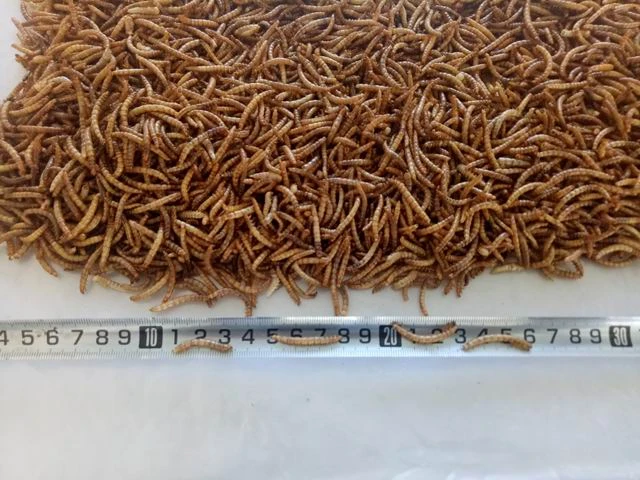
How should dried mealworms be stored and prepared for feeding birds?
Proper storage and preparation of dried mealworms are crucial to maintain their nutritional value and ensure the safety of the birds that consume them. Understanding the best practices for storage and preparation can help bird enthusiasts provide a high-quality food source that supports bird health.
Storage Conditions: Dried mealworms have a relatively long shelf life if stored correctly. The key factors to consider for storage are temperature, humidity, and exposure to air and light. According to guidelines from the Royal Society for the Protection of Birds (RSPB), dried mealworms should be stored in a cool, dry place, away from direct sunlight. High temperatures and humidity can cause mealworms to spoil or become moldy, posing health risks to birds.
For optimal storage, mealworms should be kept in an airtight container. This helps prevent exposure to moisture and air, which can degrade their quality. A study published in the Journal of Food Science found that airtight containers significantly extend the shelf life of dried insects by maintaining their nutritional content and preventing contamination.
Avoiding Contamination: Ensuring that dried mealworms are free from contaminants is essential. Contaminated mealworms can carry harmful substances such as pesticides, preservatives, or pathogens. Bird feeders should source mealworms from reputable suppliers who adhere to strict quality control standards. A report by the UK’s Food Standards Agency emphasizes the importance of purchasing from trusted sources to ensure food safety.
When storing mealworms, it is also important to regularly check for signs of spoilage, such as a foul odor, discoloration, or mold. If any signs of spoilage are detected, the mealworms should be discarded immediately to prevent harm to birds.
Preparation for Feeding: Before offering dried mealworms to birds, some preparation may be necessary to make them more palatable and easier to eat. Soaking dried mealworms in water for a few minutes can rehydrate them, making them softer and more similar in texture to live insects. This practice is particularly beneficial during nesting periods when parent birds need to provide moist, digestible food to their chicks.
A case study from the Cornell Lab of Ornithology demonstrated that soaking dried mealworms increased their acceptance by birds, particularly nestlings, who require softer food for easy consumption. Rehydrating mealworms also helps prevent dehydration in birds, especially during hot weather.
Feeding Methods: Dried mealworms can be offered in various types of feeders, such as trays, platforms, or specialized mealworm feeders. The choice of feeder can influence which bird species visit. For example, open tray feeders attract ground-feeding birds like robins and wrens, while hanging feeders may attract perching birds like chickadees and nuthatches.
To encourage a wider range of bird species, it is beneficial to use multiple feeder types and locations. This approach can help reduce competition among birds and ensure that a diverse array of species has access to the mealworms.
Supplementing with Other Foods: While dried mealworms are highly nutritious, it is important to provide a balanced diet by offering a variety of foods. Supplementing mealworms with seeds, suet, fruits, and other insects can help meet the diverse nutritional needs of different bird species. Research published in the Journal of Avian Biology highlights the importance of dietary diversity for bird health and reproductive success.
Conclusion: In conclusion, proper storage and preparation of dried mealworms are essential to maintain their nutritional value and ensure bird safety. Storing mealworms in cool, dry, and airtight conditions can prevent spoilage and contamination. Rehydrating mealworms before feeding can make them more palatable and easier for birds to consume, especially for nestlings. Offering mealworms in various feeder types and supplementing with other foods can attract a diverse range of bird species and support their overall health. By following these best practices, bird enthusiasts can provide a high-quality food source that benefits local bird populations.
What bird species are most attracted to dried mealworms?
Dried mealworms are a versatile food source that attracts a wide variety of bird species. Their high nutritional content and easy availability make them particularly appealing to many insectivorous and omnivorous birds. Understanding which bird species are most attracted to dried mealworms can help bird enthusiasts cater to their local avian population effectively.
Insectivorous Birds: Birds that primarily feed on insects in the wild are naturally drawn to dried mealworms. These species include bluebirds, wrens, robins, and woodpeckers.
Eastern Bluebirds: Eastern Bluebirds (Sialia sialis) are one of the most well-documented species to benefit from dried mealworms. A case study by the North American Bluebird Society showed that bluebirds frequented feeders stocked with mealworms, especially during the breeding season. The high protein content of mealworms supports the nutritional needs of both adult bluebirds and their chicks, promoting healthy growth and development.
House Wrens: House Wrens (Troglodytes aedon) are also frequent visitors to mealworm feeders. These small, energetic birds feed primarily on insects and spiders. A study published in the Journal of Field Ornithology found that providing dried mealworms significantly increased wren visitation rates to backyard feeders, particularly during the breeding season when the demand for protein-rich food is high.
American Robins: American Robins (Turdus migratorius) are known for their preference for earthworms, but they also readily consume dried mealworms. According to the Cornell Lab of Ornithology, robins are more likely to visit feeders with mealworms, especially during the spring and summer when they are raising their young. The easy availability of mealworms helps parent robins meet the high nutritional demands of their growing chicks.
Woodpeckers: Woodpeckers, including Downy Woodpeckers (Picoides pubescens) and Red-bellied Woodpeckers (Melanerpes carolinus), are attracted to mealworm feeders. These birds primarily feed on insects found in tree bark, and dried mealworms provide a convenient and nutritious supplement to their natural diet. Observational studies indicate that woodpeckers are frequent visitors to feeders offering a combination of mealworms and suet.
Omnivorous Birds: Omnivorous birds, which have a varied diet that includes both plant and animal matter, are also attracted to dried mealworms. These species include chickadees, nuthatches, and starlings.
Black-capped Chickadees: Black-capped Chickadees (Poecile atricapillus) are common visitors to mealworm feeders. These small, agile birds consume a diverse diet of seeds, insects, and berries. Research from the University of Wisconsin-Madison showed that chickadees visited feeders with mealworms more frequently during the winter months, relying on the high-fat content of mealworms for energy during cold weather.
White-breasted Nuthatches: White-breasted Nuthatches (Sitta carolinensis) are another species that enjoys dried mealworms. These birds are known for their habit of climbing down tree trunks in search of insects. A study in the Journal of Avian Research found that nuthatches increased their feeder visits when mealworms were available, especially in early spring when insect availability is low.
European Starlings: European Starlings (Sturnus vulgaris) are opportunistic feeders that consume a wide range of foods, including insects. They are often attracted to mealworm feeders and can become dominant at feeding stations. While starlings can be considered pests due to their aggressive behavior and large numbers, they also benefit from the high nutritional value of mealworms.
Conclusion: In conclusion, dried mealworms attract a diverse array of bird species, particularly insectivorous and omnivorous birds. Eastern Bluebirds, House Wrens, American Robins, and various woodpecker species are among the most frequent visitors to mealworm feeders. Omnivorous birds like Black-capped Chickadees, White-breasted Nuthatches, and European Starlings also benefit from the high nutritional content of mealworms. Understanding the feeding preferences of these species can help bird enthusiasts provide targeted food sources that support the health and well-being of their local avian populations.
How can feeding dried mealworms impact the local bird population and biodiversity?
Feeding dried mealworms to birds can have significant impacts on local bird populations and biodiversity. While providing supplemental food can support bird health and increase local bird diversity, it can also lead to ecological changes that affect the broader environment.
Supporting Bird Health and Reproduction: Supplemental feeding with dried mealworms can greatly benefit bird health and reproductive success. A study published in the Journal of Avian Biology found that birds with access to high-protein food sources, such as mealworms, had higher reproductive success rates. For example, Eastern Bluebirds that were provided with dried mealworms showed increased fledging rates and healthier chicks compared to those without supplemental feeding.
Case Study: Eastern Bluebirds A case study conducted by the North American Bluebird Society demonstrated that providing mealworms to Eastern Bluebirds during the breeding season led to improved chick growth and survival rates. The protein-rich mealworms supported the nutritional needs of the parent birds and their offspring, resulting in a more robust population.
Attracting a Diverse Range of Species: Feeding dried mealworms can attract a wide variety of bird species, enhancing local bird diversity. Insectivorous birds such as wrens, robins, and woodpeckers are particularly drawn to mealworm feeders. This increased diversity can provide bird enthusiasts with more opportunities for bird-watching and contribute to a more balanced local ecosystem.
Ecological Changes and Potential Drawbacks: While feeding mealworms can benefit individual bird species, it can also lead to ecological changes that may have unintended consequences. For instance, the artificial abundance of food can alter natural foraging behaviors. Birds that rely heavily on feeders may reduce their natural foraging activities, potentially affecting the balance of local insect populations.
Impact on Foraging Behavior: Research published in Frontiers in Ecology and Evolution highlights that birds that become accustomed to feeders may exhibit changes in their foraging behavior. For example, woodpeckers that frequently visit mealworm feeders may spend less time foraging for insects in tree bark, which can impact their role in controlling insect populations. This shift in behavior can have cascading effects on the local ecosystem.
Competition and Predation: Feeding stations can attract not only the desired bird species but also larger predators and more aggressive bird species. A study from the University of Exeter found that feeders can increase competition among birds and attract predators such as hawks and domestic cats. This increased predation risk can negatively impact smaller bird species that are frequent feeder visitors.
Case Study: House Wrens A case study on House Wrens (Troglodytes aedon) revealed that while mealworm feeders increased wren visitation, they also attracted larger birds and mammals that posed a predation risk. The presence of these predators led to a decrease in the nesting success of House Wrens in areas with heavy feeder use.
Disease Transmission: Feeding stations where birds congregate in high densities can facilitate the spread of diseases. Close contact among birds increases the risk of pathogen transmission. According to research from the Cornell Lab of Ornithology, feeders can become hotspots for diseases such as avian pox and conjunctivitis if not properly maintained.
Mitigating Negative Impacts: To mitigate the potential negative impacts of feeding dried mealworms, it is essential to follow responsible feeding practices. Providing a varied diet, rotating feeding locations, and ensuring feeders are clean can help reduce dependency and prevent the spread of diseases. Additionally, monitoring local bird populations and adjusting feeding practices based on observations can help maintain ecological balance.
Conclusion: In conclusion, feeding dried mealworms can have significant impacts on local bird populations and biodiversity. While supplemental feeding supports bird health and attracts diverse species, it can also lead to changes in foraging behavior, increased competition, and potential ecological imbalances. Understanding these impacts and implementing responsible feeding practices can help bird enthusiasts support their local avian populations while minimizing negative ecological effects. By providing a balanced diet and maintaining clean feeders, bird enthusiasts can enjoy the benefits of feeding dried mealworms while contributing positively to the local ecosystem.
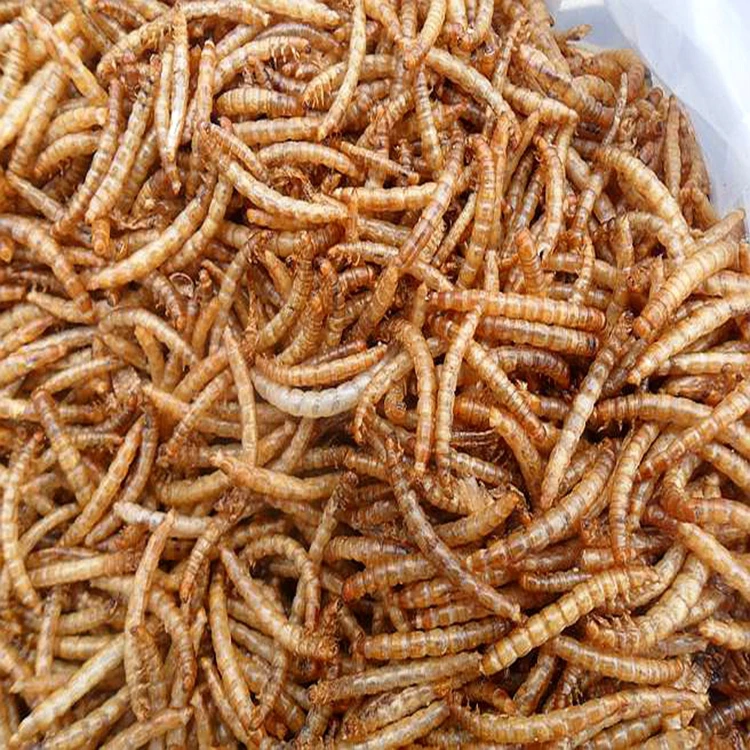
Conclusion
In conclusion, dried mealworms can be a beneficial and nutritious addition to bird feeders. Their high protein and fat content, along with essential vitamins and minerals, make them an excellent food source for many bird species. They offer practical advantages in terms of storage and handling and can attract a diverse range of birds to feeding stations. However, it is important to consider the potential drawbacks and ecological impacts of feeding dried mealworms. By sourcing high-quality products, offering a variety of foods, and feeding birds responsibly, bird enthusiasts can enjoy the benefits of feeding dried mealworms while supporting the health and well-being of local bird populations.
Ultimately, the decision to feed dried mealworms should be made with careful consideration of both the needs of the birds and the broader ecological context. When used appropriately, dried mealworms can enhance the bird-watching experience, support bird health, and contribute to the conservation of bird species. By fostering a balanced and mindful approach to feeding, bird lovers can ensure that their efforts have a positive and lasting impact on the avian world.
If you want to know more, please contact us.







